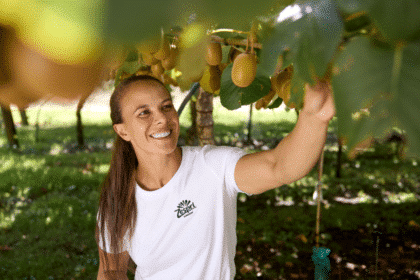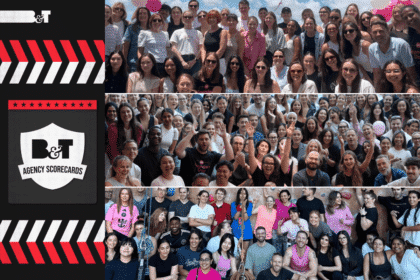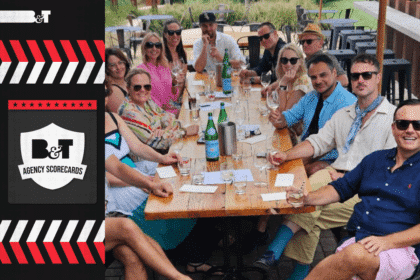Sponsorships today are no longer just about visibility. Brands cannot afford to treat them as passive logo placement exercises; they must drive deeper engagement, shift behaviours, and deliver meaningful impact. In this op-ed, Vanessa Winley, group partnerships director at Spark Foundry Australia, suggests that the real question isn’t whether a brand should sponsor an event, sport or platform; it’s how creatively it can leverage that connection to build lasting consumer relationships.
From passive presence to active participation
Too often sponsorships have been underutilised. A logo here, a few mentions there, and suddenly a brand expects loyalty. But consumer attention is harder to earn than ever, and brands that don’t work for it will be overlooked. In this landscape, sponsorships must evolve from being passive to powerful. They need to do more than just exist; they need to matter to the audience.
The key is embracing creativity – using partnerships as a platform for storytelling, cultural relevance, and meaningful brand action. When brands approach sponsorships with the same strategic intent as any other media investment, they can transform them from an expense into a business driver.
Sponsorships as behavioural catalysts
The most effective sponsorships don’t just increase awareness – they drive action. A good example is Cancer Council Australia and the Australian Government, who understood that while Australia has one of the highest rates of skin cancer globally, awareness alone does not change behaviour.
Instead, they leveraged key strategic insights about the audience segments who are most at risk to find a way to drive effective behaviour change. For example, males over 40 are a key audience who require regular reminders to apply sun protection. In response, they embedded real-time UV reminders in Cricket Australia and Seven News broadcasts, ensuring sun safety was front and centre for this audience.
For young people, it’s critical to make sun protection desirable. So, Australia’s leading cancer charity integrated into the popular music festival Laneway with sunscreen stations and influencer-led messaging to make sun protection a natural part of the festival experience.
These initiatives show how sponsorships can be seamlessly woven into culture, rather than feeling like an interruption. This is the difference between a partnership that’s seen, and one that’s felt and actioned.
Emotional connection over logo placement
The strongest sponsorships go beyond exposure – they tell stories that resonate.
Genealogy company Ancestry turned its State of Origin sponsorship into an emotive storytelling platform with the ‘Discover Your Origin’ series, tracing the heritage of key NRL players and strengthening fans’ connection to the game.
Meanwhile, Westpac’s NRL partnership went beyond branding to make a tangible impact, leveling the playing field with equal investment in the men’s and women’s game. This key objective was embedded in the brand engagement strategies with NSWRL and QRL codes, introducing new programs and opportunities for emerging female players, while also leveraging media spend to celebrate the women’s game more broadly.
By fostering authentic emotional connections with their audiences, these brands highlight the power of giving back in meaningful ways.
Creative sponsorship as a growth multiplier
Sponsorships shouldn’t be a box-ticking exercise or a budget line item. They should be a strategic weapon. Creativity in this space is not just a nice-to-have – it’s the difference between being ignored and being indispensable.
The brands that push boundaries and rethink the role of sponsorships are the ones that turn them into platforms for influence, engagement and long-term brand equity.
For those still treating sponsorships as logo-led vanity projects, it’s time to rethink the approach. The brands that invest in creativity will be the ones that win – not just visibility, but real consumer impact.








